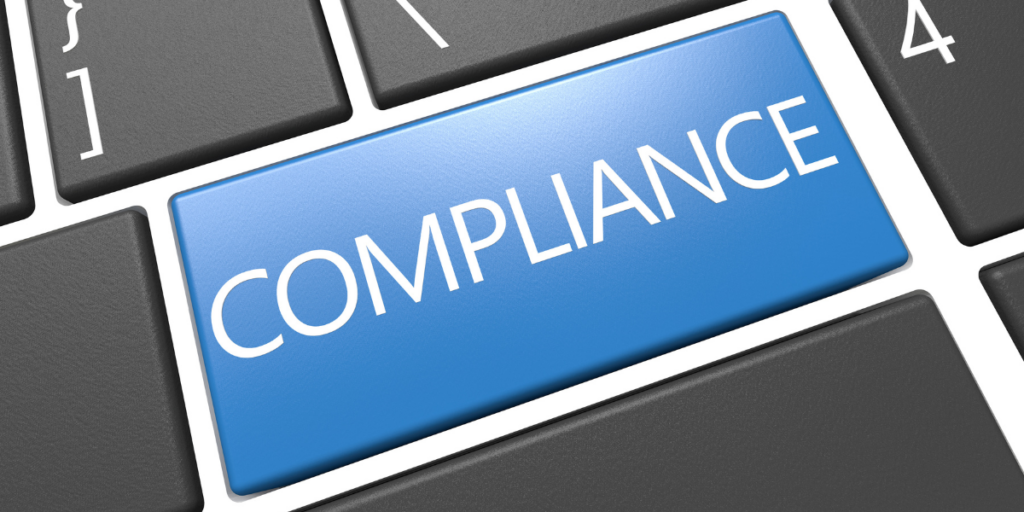In our recent webinar, I shared tips and best practices on how to report on the performance of your grant programs in a way that drives impact and demonstrates results. After seeing the number of attendees and questions during the session, I felt it would be beneficial to post here, in our blog, some of the key insights I covered. I also encourage you to view the recording as I explain these and other best practices in more detail.
Here are three steps I shared for effective grant reporting:
1. Identify your audience
How you present data will vary depending on who you’re reporting to. Different audiences will care about different things. Look within your grant program, your organization, and externally to ensure you’re collecting the appropriate data for your audience. Your audience may be made up of external stakeholders such as grantors and donors, or internal stakeholders, which could include management, the president/CEO, and the board of supervisors.
Keep in mind the following needs of the two as you create your report on the performance of your grant program:
- External Stakeholders: Program goals, grantor objectives, required reporting (SEFA, SF-425)
- Internal Stakeholders: How you plan to use the grant, how it relates to the organization’s strategic goals
2. Gather the right data
Before collecting data, ask yourself: “What level of detail will I need for reporting?” This will help you determine the level of granularity at which you should collect data and the type of collection method, quantitative or qualitative.
- Quantitative: A numeric form of data that’s common around financial goals. This can be collected at a high level or granularly.
- Qualitative: By nature, is more high level and useful for success stories. If you want to collect it more granularly, be sure to ask specific questions, ideally using multiple choice or compound questions to reduce the data cleaning that must be done to analyze it.
The method you use to pull data and the level of detail it provides will change depending on the audience. It will also vary if you have subrecipients as you may develop a different process for reporting on their performance.
3. Tell a story
Formatting your report in a way that easily tells the story of the data is critical for demonstrating program performance. Identifying your audience, the problems they are trying to solve, and the resolution of the problem will help you to decide which format of reporting is best.
Here are a few examples of how you can format the data:
- Data visualizations (bar chart, gantt chart, heat map)
- Infographics
- Written report
I hope you find these steps to be helpful in demonstrating the performance of your grant programs. Check out the on-demand recording of the webinar where I also share best practices for communicating project outcomes, impact, and financial information in a compelling manner.
One final insight I’ll share here is that using a GMS, such as AmpliFund, is vital in streamlining the reporting process. Without a system to gather, centralize, and organize data into the reports you need, creating reports is extremely time consuming. It can also be error-prone, which can jeopardize current and future funding. I invite you to schedule a demo to learn more.
*Photo by patpitchaya on Canva






